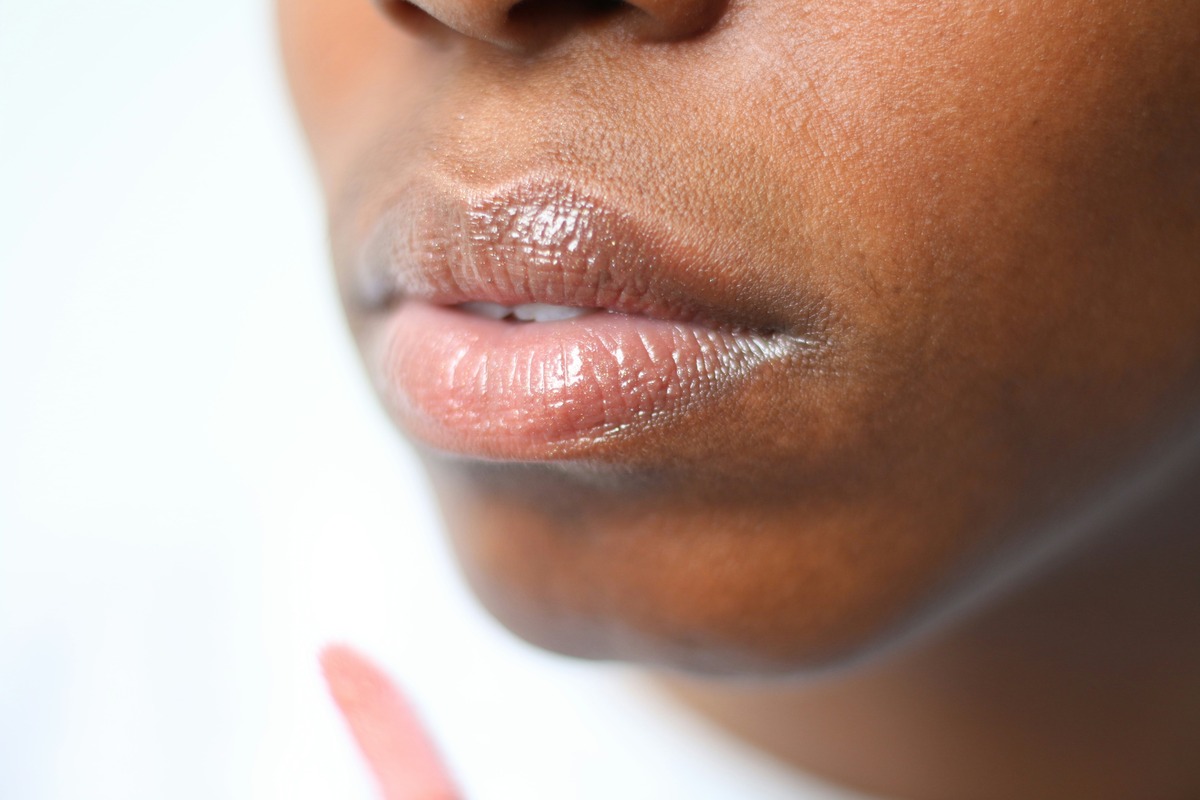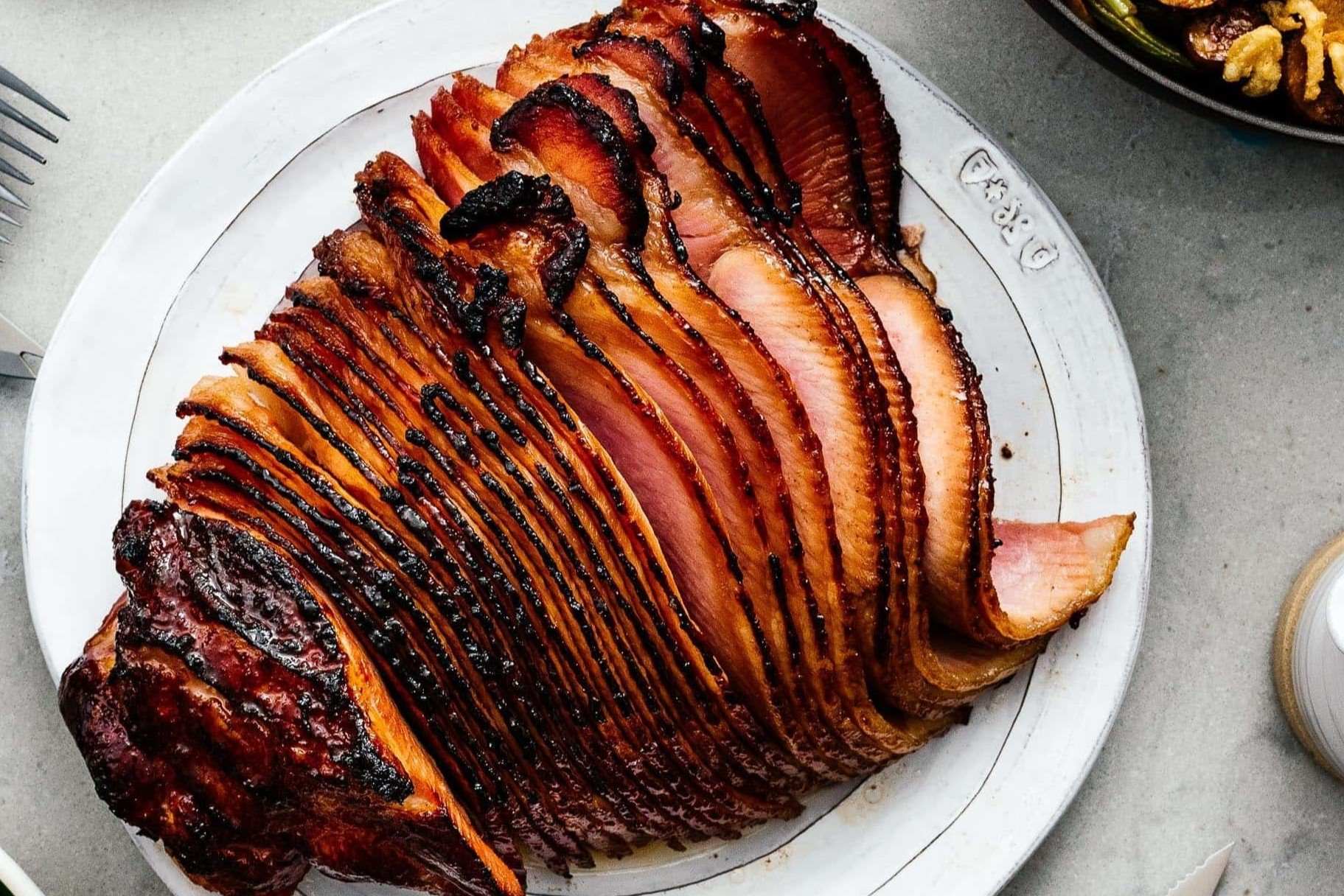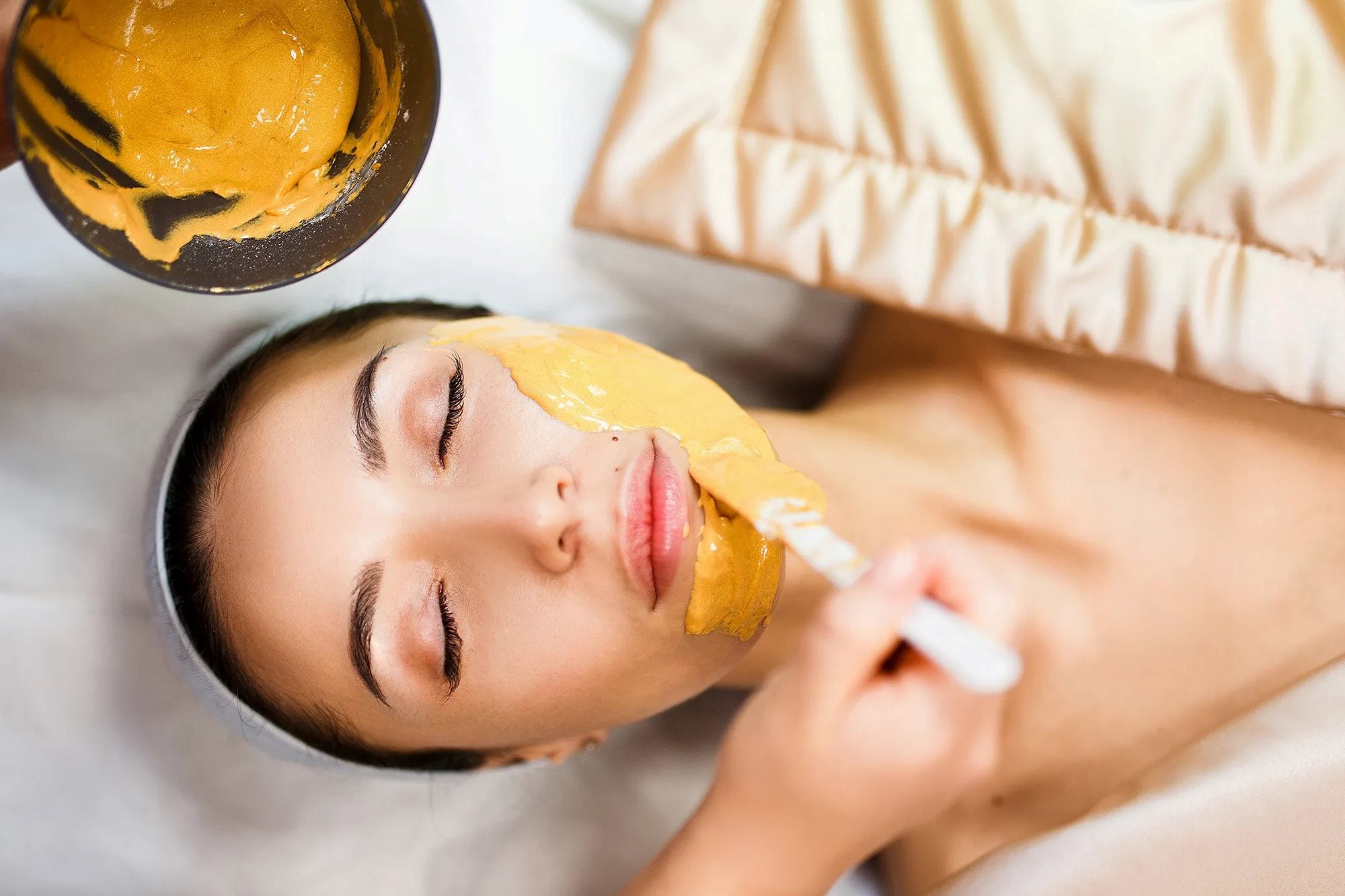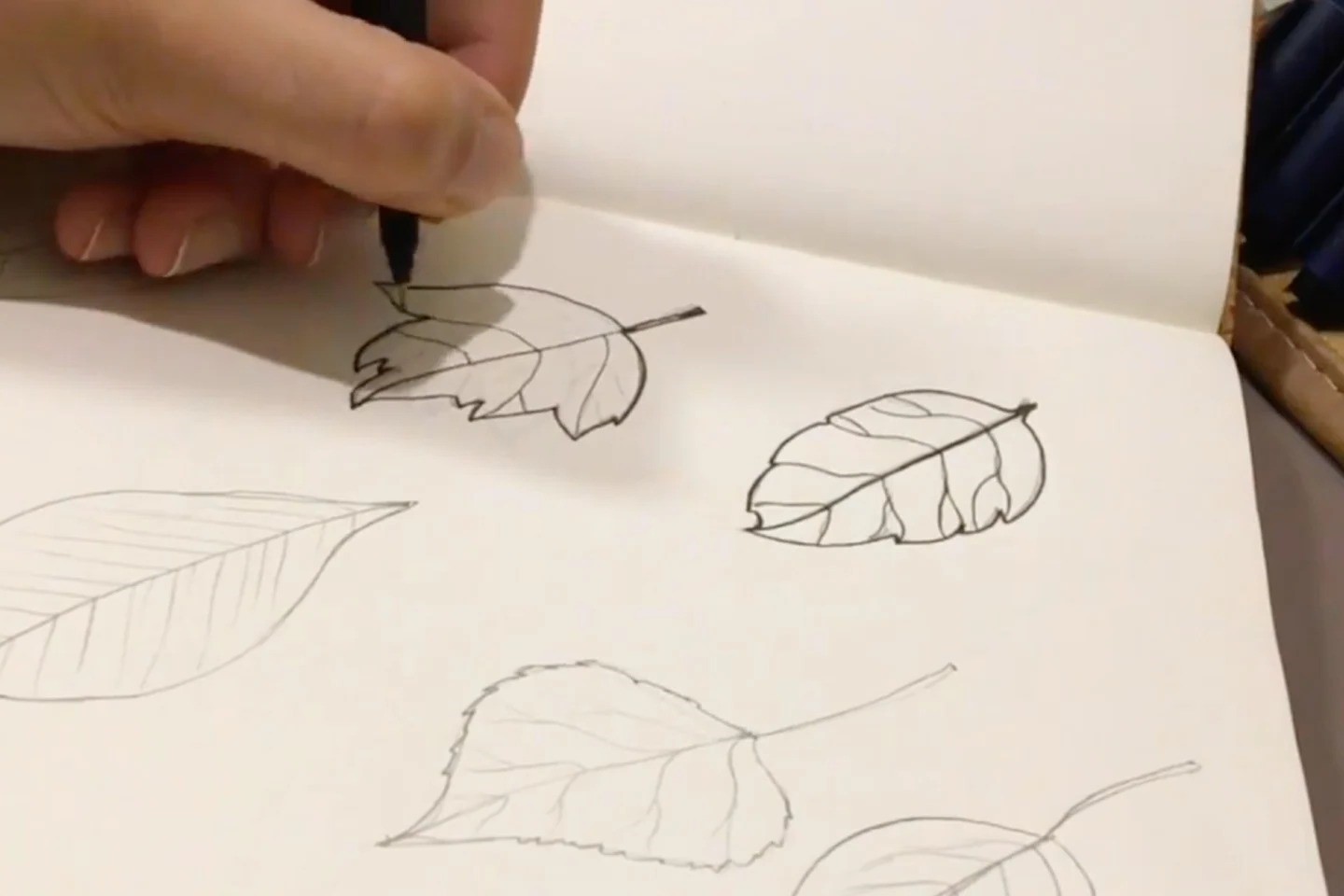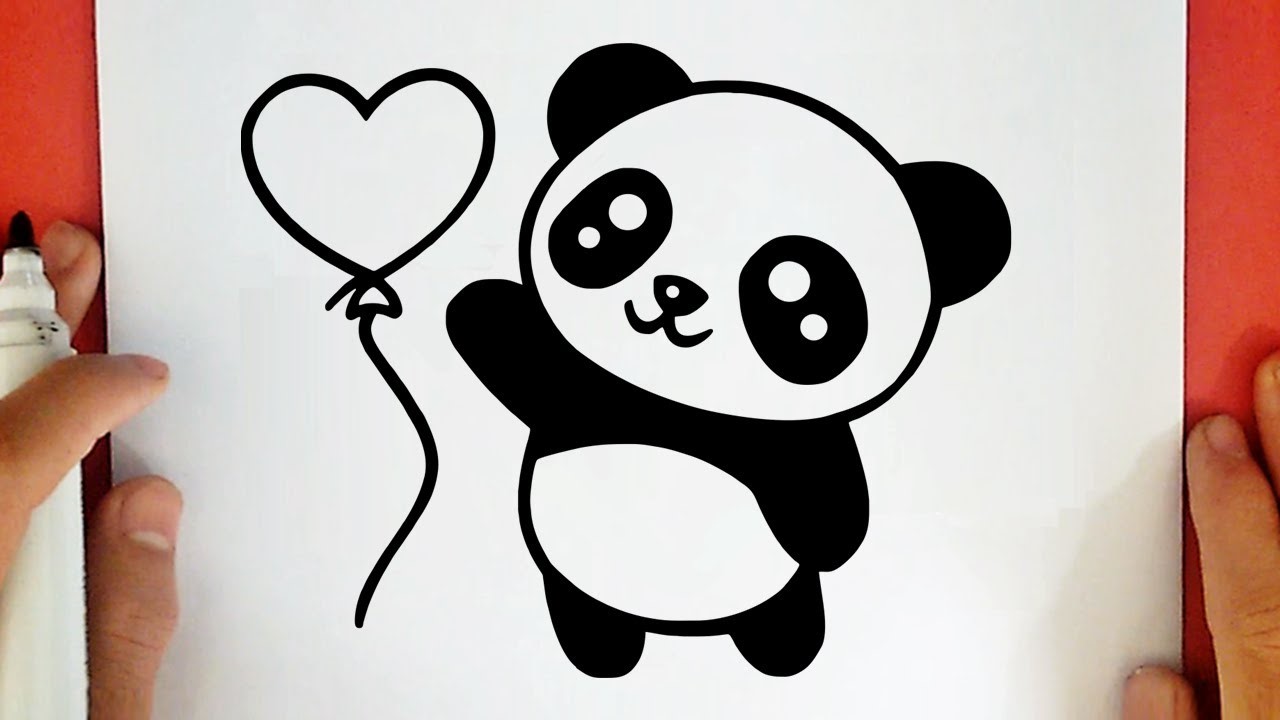Home>Food and Cooking>How To Soften Honey
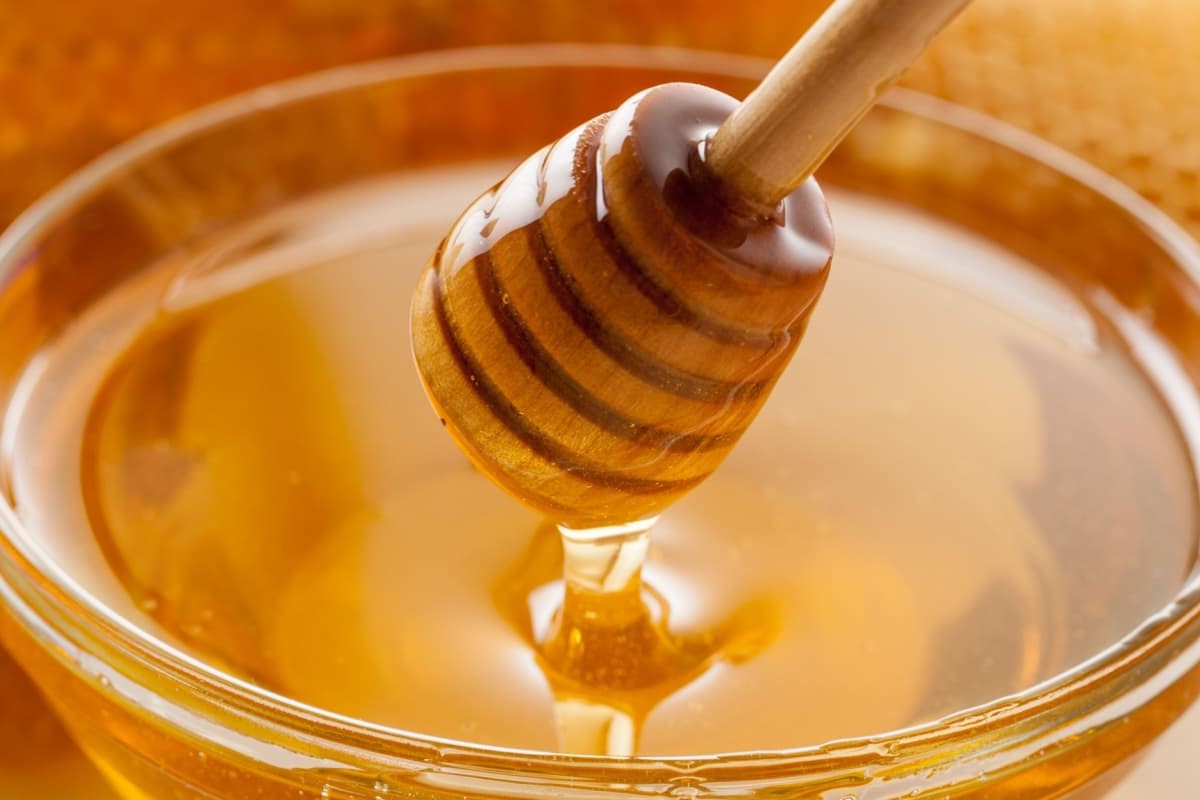

Food and Cooking
How To Soften Honey
Published: March 1, 2024
Learn how to soften honey with simple tips and tricks. Discover easy methods for making your honey pourable again. Perfect for food and cooking enthusiasts!
(Many of the links in this article redirect to a specific reviewed product. Your purchase of these products through affiliate links helps to generate commission for Noodls.com, at no extra cost. Learn more)
Table of Contents
Introduction
Honey, a delectable and versatile natural sweetener, has been cherished for its myriad culinary and medicinal uses for centuries. Its rich golden hue and luscious viscosity make it a beloved addition to a wide array of dishes, from soothing teas to savory marinades and decadent desserts. However, despite its many virtues, honey has a tendency to crystallize and harden over time, presenting a common challenge for enthusiasts and consumers alike.
Understanding the process of honey crystallization and learning effective methods for softening it is essential for anyone who appreciates this liquid gold. Whether you are a culinary enthusiast seeking to effortlessly drizzle honey over a warm bowl of oatmeal or a health-conscious individual harnessing its natural healing properties, the ability to restore honey to its smooth, pourable state is a valuable skill to possess.
In this comprehensive guide, we will delve into the science behind why honey crystallizes, explore the various factors that influence this natural occurrence, and equip you with practical techniques to restore its velvety texture. By the end of this article, you will be well-versed in the art of reviving crystallized honey, ensuring that you can savor its delectable sweetness without any hindrances.
So, let's embark on this enlightening journey to unravel the mysteries of honey crystallization and discover the secrets to softening this beloved nectar of nature.
Why Honey Gets Hard
Honey, a natural sweetener revered for its delightful taste and numerous health benefits, has a tendency to undergo a transformation that perplexes many: crystallization. This process causes the once smooth and pourable honey to become grainy and solid, often leading to frustration for those seeking to enjoy its liquid form. But why does honey get hard?
The primary reason behind honey crystallization lies in its unique composition. Honey is a supersaturated solution, meaning it contains more dissolved sugar than it would under normal conditions. The two main types of sugar found in honey, glucose, and fructose, play a pivotal role in its crystallization. When the glucose molecules separate from the water content in honey and form crystals, the liquid becomes solid and grainy.
Several factors contribute to the crystallization of honey. Temperature is a significant influencer, as lower temperatures accelerate the process. Additionally, the presence of pollen, propolis, and other particles in the honey can act as nuclei for crystallization, expediting the transformation from liquid to solid.
The type of nectar collected by bees also impacts the likelihood of crystallization. Certain floral sources yield honey with a higher glucose content, making it more prone to crystallization. Conversely, honey with a higher fructose content tends to remain in a liquid state for a longer period.
Furthermore, the storage conditions of honey can influence its crystallization. Exposure to fluctuating temperatures, especially repeated cycles of heating and cooling, can expedite the process. Additionally, storing honey in a cold environment, such as a refrigerator, can accelerate crystallization.
Understanding the science behind honey crystallization provides valuable insights into the factors that contribute to this natural occurrence. By comprehending the interplay of sugar composition, temperature, and storage conditions, we can gain a deeper appreciation for the complexity of honey and the reasons behind its tendency to solidify.
As we unravel the mysteries of honey crystallization, we gain a newfound appreciation for this natural process and the delicate balance of factors that influence the transformation of honey from a luscious liquid to a solid state.
Methods for Softening Honey
When faced with a jar of crystallized honey, the prospect of restoring its smooth, liquid state may initially seem daunting. However, fear not, for there are several effective methods for softening honey, each offering a pathway to reviving its velvety texture and preserving its delectable sweetness.
-
Gentle Heat: One of the most widely employed techniques for softening crystallized honey is the application of gentle heat. By placing the honey container in a warm water bath or using a microwave on low power, the crystallized honey can be gently warmed, causing the sugar crystals to dissolve and the honey to return to its liquid form. It is important to avoid overheating the honey, as excessive heat can compromise its natural enzymes and delicate flavor.
-
Warm Water Bath: Submerging the jar of crystallized honey in a warm water bath is a simple yet effective method for softening it. By allowing the jar to sit in warm water for a period of time, the honey gradually regains its smooth consistency as the crystals dissolve. This method is particularly suitable for glass jars, as plastic containers may be sensitive to temperature changes.
-
Sunlight Exposure: Placing the container of crystallized honey in direct sunlight can facilitate the softening process. The gentle warmth of the sun's rays aids in liquefying the honey, making it a natural and effortless method for restoring its smooth texture. However, it is essential to monitor the duration of sunlight exposure to prevent overheating.
-
Stirring and Agitation: Vigorously stirring the crystallized honey can help break down the sugar crystals and promote the reintegration of the honey's natural consistency. This method, while requiring some physical effort, can be effective in restoring the honey to its liquid state.
-
Combination Approach: Combining gentle heat with periodic stirring can expedite the softening process, offering a synergistic effect that accelerates the dissolution of sugar crystals and ensures a uniform texture throughout the honey.
By employing these methods for softening honey, you can effortlessly restore its luscious texture and preserve its natural sweetness. Whether you opt for the gentle warmth of a water bath, the radiant embrace of sunlight, or the rhythmic motion of stirring, each approach offers a pathway to reviving crystallized honey and savoring its liquid gold essence once more.
Conclusion
In conclusion, the journey to understanding and softening crystallized honey has unveiled the intricate interplay of factors that contribute to this natural occurrence. From the unique composition of honey to the influence of temperature, floral sources, and storage conditions, we have gained valuable insights into the science behind honey crystallization. This newfound understanding not only deepens our appreciation for the complexity of honey but also equips us with the knowledge to effectively restore its luscious texture.
As we navigate the realm of honey softening methods, we discover a diverse array of techniques that cater to various preferences and circumstances. Whether it's the gentle embrace of warmth through a water bath, the radiant touch of sunlight, or the rhythmic motion of stirring, each method offers a pathway to reviving crystallized honey and preserving its delectable sweetness. The versatility of these approaches empowers honey enthusiasts and culinary aficionados to seamlessly reintegrate crystallized honey into their culinary creations and daily rituals.
Furthermore, the art of softening honey transcends mere practicality; it embodies a profound connection to nature's bounty and the timeless traditions of harnessing its gifts. The process of reviving crystallized honey serves as a gentle reminder of the harmonious relationship between humanity and the natural world, where patience, ingenuity, and reverence converge to honor the essence of this golden elixir.
As we partake in the ritual of softening honey, we embark on a sensory journey that transcends the physical act of restoring its texture. It is a celebration of tradition, a testament to the resilience of nature's creations, and a homage to the enduring allure of honey as a cherished culinary companion and a source of nourishment.
In essence, the journey from crystallized honey to its softened state encapsulates a timeless narrative of transformation, resilience, and appreciation. It is a testament to the enduring allure of honey as a cherished culinary companion and a source of nourishment. By embracing the art of softening honey, we honor its rich legacy and ensure that its liquid gold essence continues to enrich our lives, one delectable drop at a time.

